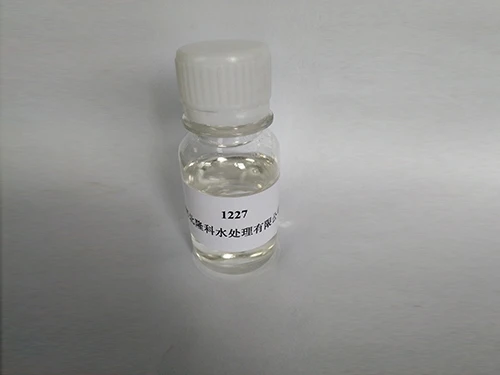anionic polyacrylamide flocculant
Anionic Polyacrylamide Flocculant A Versatile Solution for Water Treatment
Anionic polyacrylamide (APAM) is a water-soluble polymer widely used as a flocculant in various applications, especially in the field of water treatment. Its unique properties make it an essential component in processes such as sedimentation, clarification, and filtration. This article explores the characteristics, applications, and benefits of anionic polyacrylamide flocculant.
Characteristics of Anionic Polyacrylamide
Anionic polyacrylamide is synthesized through the polymerization of acrylamide and anionic monomers. The resulting product consists of a high molecular weight polymer with a negative charge, which contributes to its flocculating ability. The anionic nature of the polymer allows it to interact effectively with positively charged particles, promoting the aggregation of suspended solids in water. This property is crucial in the formation of larger flocs, which can be easily removed from water through settling or filtration.
Another significant feature of APAM is its ability to function across a wide pH range, making it suitable for diverse environmental conditions. Additionally, its high viscosity enhances the flocculation process by increasing the likelihood of particle collisions. This ability to accelerate particle aggregation is particularly beneficial in industrial and municipal wastewater treatment.
Applications of Anionic Polyacrylamide
The versatility of anionic polyacrylamide flocculant is evident in its numerous applications across various industries
. In the water treatment sector, it is commonly used for the clarification of water in municipal drinking water systems and wastewater treatment facilities. The flocculant aids in the removal of impurities and suspended solids, ensuring that the water meets safety and quality standards.anionic polyacrylamide flocculant

In the mining industry, APAM plays a crucial role in the beneficiation of minerals. It assists in the separation of valuable minerals from the ore by promoting the settling of heavier particles while allowing lighter ones to remain suspended. This application not only improves the efficiency of mineral recovery processes but also reduces water consumption and environmental impact.
Moreover, anionic polyacrylamide is also utilized in the paper and pulp industry to enhance the drainage of water during production, enabling the efficient removal of fibers and fillers. Its effectiveness in these applications has further established its importance in industrial processes.
Benefits of Using Anionic Polyacrylamide
The use of anionic polyacrylamide flocculant offers several advantages. Firstly, it significantly improves the efficiency of sedimentation processes, leading to reduced treatment times and lower operational costs. Secondly, the enhanced floc formation helps minimize the generation of residual sludge, simplifying waste disposal and management.
Additionally, APAM is known for its biodegradability, which is a crucial consideration in today’s environmentally conscious world. Its use helps to lower the ecological footprint of wastewater treatment processes, aligning with sustainable practices and regulatory compliance.
Conclusion
In summary, anionic polyacrylamide flocculant is a powerful tool in the realm of water treatment and various industrial applications. Its unique characteristics, combined with its ability to improve process efficiency and environmental sustainability, make it an invaluable asset in modern water management strategies. As industries continue to seek effective and environmentally friendly solutions, the role of anionic polyacrylamide is poised to expand even further.
-
The Ultimate Guide to Flocculants: Transforming Water TreatmentNewsNov.01,2024
-
Improve Your Water Treatment Solutions with PolyacrylamideNewsNov.01,2024
-
Enhance Your Water TreatmentNewsNov.01,2024
-
Empower You to Achieve the Highest Standards of Water QualityNewsNov.01,2024
-
Effective Scale InhibitorsNewsNov.01,2024
-
Discover the Power of Poly Aluminum Chloride in Water TreatmentNewsNov.01,2024





